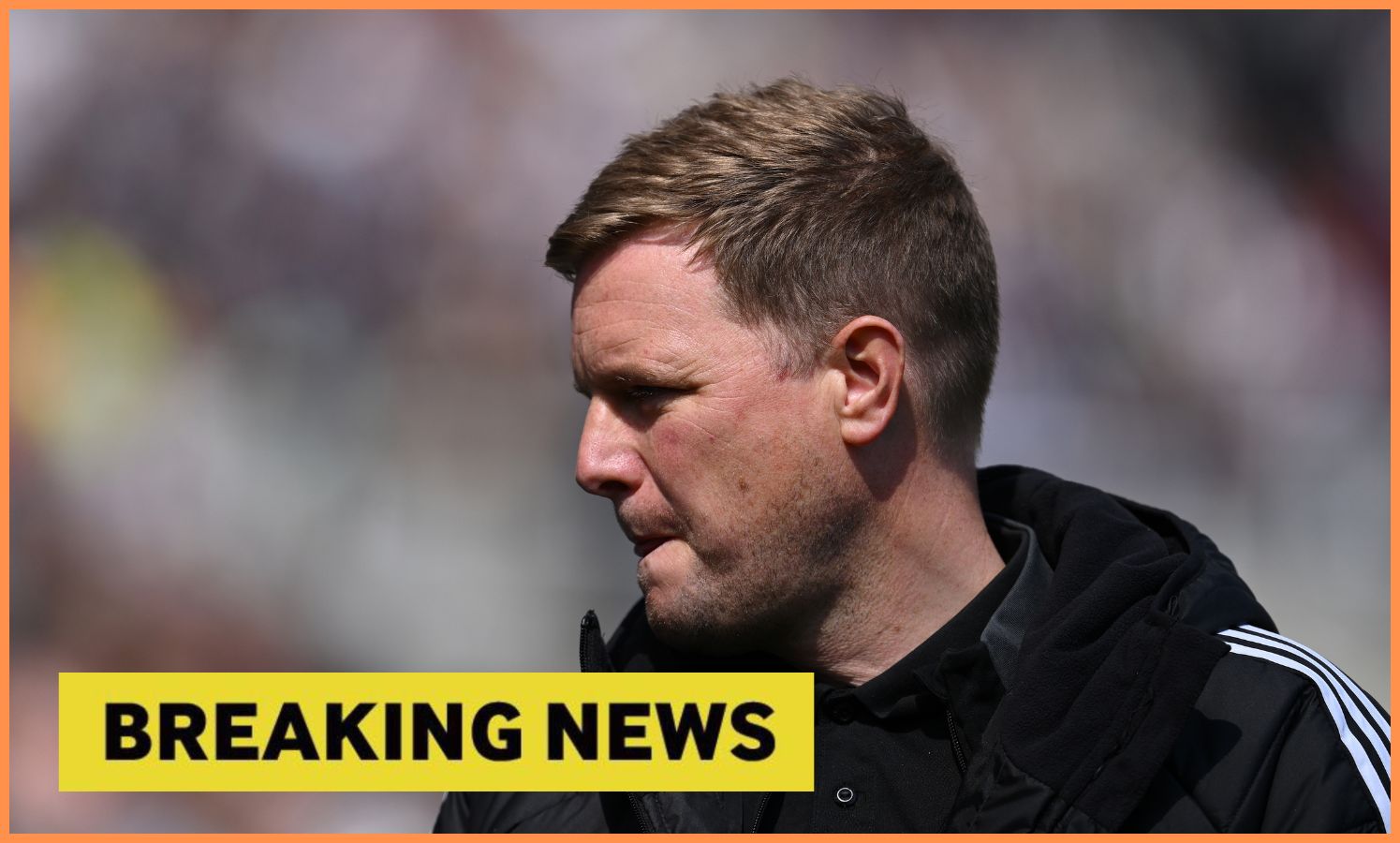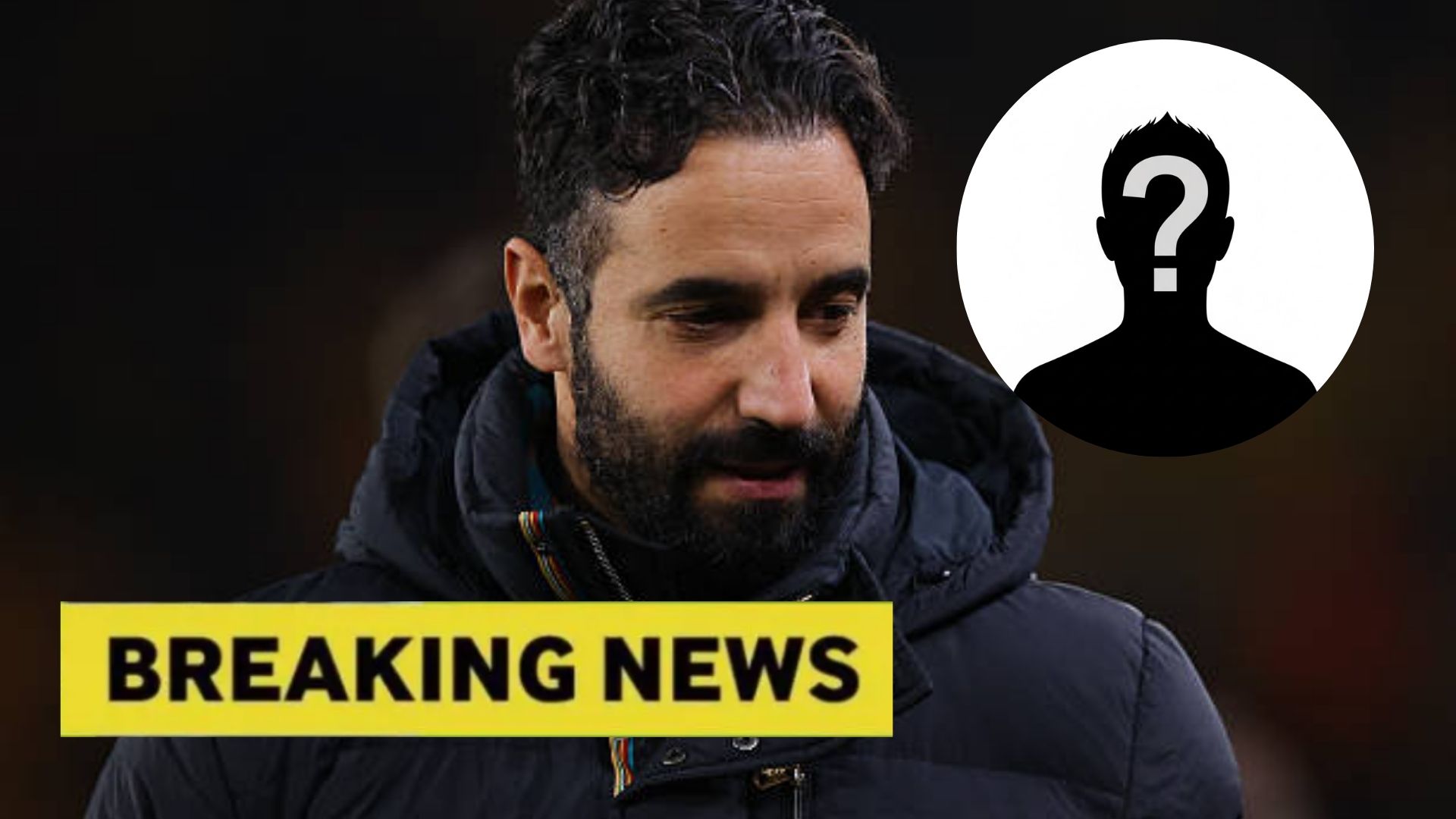Newcastle United will take on Bayer Leverkusen in the UEFA Champions League during midweek, and they could hand Sam Alabi a call-up.
The 16-year-old was part of the matchday squad against Marseille as well, and he could be a part of the Newcastle travelling squad again. As per Newcastle World, Alabi was pictured during Monday’s training session with Newcastle, and it remains to be seen whether he is handed another opportunity here.
Sam Alabi could gain valuable experience
These are valuable experiences for him with the first team, and they will only help him improve, as Alabi is highly rated at the club. Newcastle will hope that he can develop into an important player for the club in future.
He needs first-team opportunities and more exposure in order to develop further. The talented young central midfielder joined Newcastle in the summer of 2023, and he is highly rated at the youth level. He has captained England at U17 level, and he will look to fulfil his potential with Newcastle in the future.
Newcastle United make transfer decision which shows complete change of strategy
Alabi is a future prospect
The young midfielder is clearly not ready to play for the Premier League club yet, but travelling with them in European fixtures will certainly give him valuable experience. It will be interesting to see if he can work hard in training and force his way into the first-team plans next season. There is no doubt that he is a promising talent, but he will need more experience in order to do well at the highest level.
Newcastle are looking to build a team for the future, and they need to groom the likes of Alabi carefully. The young midfielder will not only add more quality to the squad in future, but he could also end up saving millions for Newcastle in the transfer market.
Sources: Newcastle plot surprise move for £80k-a-week Chelsea flop in January














